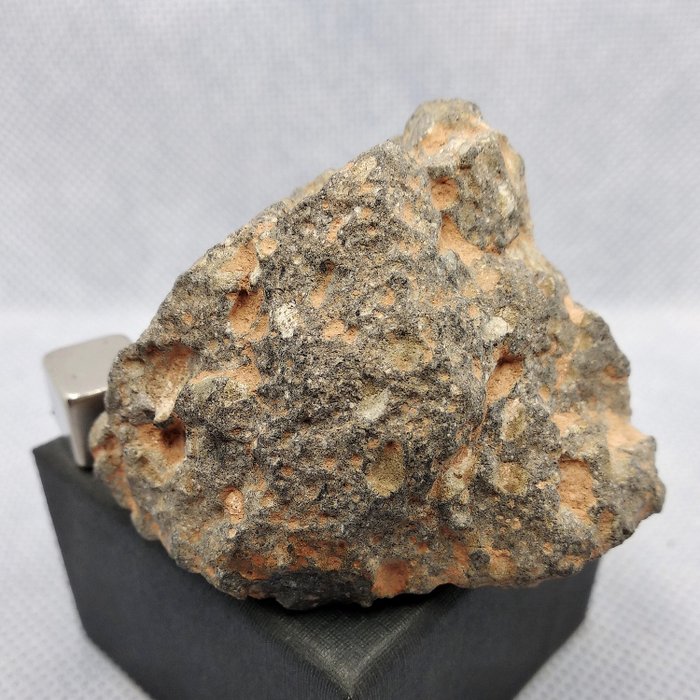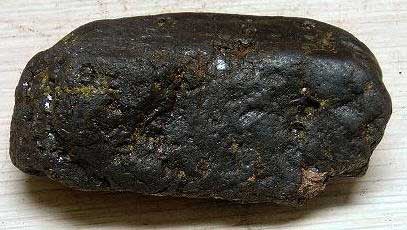

These magnets are widely available and can be found at most Home Depot hardware stores and Hobby Lobby craft stores.

Magnetic Response: in the "notes" section of the photo upload tool, please indicate the level of magnetic response to a neodymium magnet from: 0 to 10. Pictures should be sharp and each show the entire stone or sample and be clear enough to zoom in and see surface detail.

To Begin: use the "Choose image" button above to upload up to 5 high resolution pictures in good lighting from several angles. The initial $50 visual evaluation fee will be credited towards the $125 XRF analysis fee.
#METEORITE IDENTIFICATION PICTURES HOW TO#
Instructions on how to submit and pay for the XRF analysis fee, if the sample is accepted for physical submission, will be emailed along with the Preliminary Photo Evaluation Report. The XRF analysis fee, if the photo-vetted sample is accepted for physical analysis, is $125 per sample. You may submit up to 5 images of the same sample for evaluation. The fee for Preliminary Photo Evaluation of a suspected meteorite is: $50 per sample and is non-refundable. ***Please note, most samples are NOT approved for physical submission. Please refer to their site for additional information.Īlways keep in mind that rocks and minerals must be examined in person for proper identification.We do not accept physical samples without a preliminary visual (photo) inspection of a sample. These tips for identifying a meteorite were adapted from this excellent guide from the University of New Mexico Meteorite Museum. A dense rock that leaves a black or red streak probably contains the iron minerals magnetite or hematite, respectively, neither of which are typically found in meteorites.


 0 kommentar(er)
0 kommentar(er)
